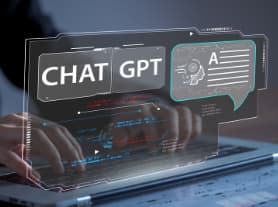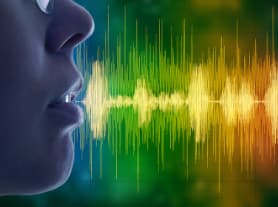Empowering Cyber Defense: The Role of ChatGPT in Modern Cybersecurity
Cybersecurity is a critical concern for individuals, businesses, and governments alike, as the number of online threats continues to grow and evolve. With the rise of artificial intelligence, one tool that has the potential to have a significant impact on cybersecurity is ChatGPT.
Unveiling My Black Hat 2023 Presentations
I am delighted to announce the titles of my upcoming presentations for Black Hat 2023, both scheduled for August 10th. Here's a glimpse into what you can expect.
Join Me at Austin's Startup Week: A Deep Dive into Insider Threats and Neural Networking
Austin Startup Week, since its inception in 2011, has always been a vibrant tapestry of Austin's entrepreneurial spirit. A unique confluence of entrepreneurs, local leaders, and enthusiasts, it offers a rich platform to connect, collaborate, and grow. This year marks the 13th iteration of this celebrated event, which will span from November 6-10, 2023. From enlightening sessions, hands-on workshops, to dynamic startup showcases and networking mixers, Austin Startup Week promises to be an engaging experience. To all those who celebrate the spirit of innovation and entrepreneurship, I wholeheartedly encourage you to register and be a part of this distinctive celebration of Austin's diverse community of trailblazers.
"Do You Have a Safe Word Yet?" A Call to Arms Against Deep Fake Voice Attacks
In the digital age, we've seen a steady evolution of threats, but none perhaps as chilling as the rise of deep fake voices and videos. Malicious actors can, with relative ease, use voice technology to mimic someone's voice and use it in criminally exploitative ways—from convincing others to take potentially dangerous actions, to making fraudulent payments, or opening gaps in security. This is a threat too severe to overlook. So, how do we safeguard ourselves in a landscape where our ears can't always be trusted?
Battle of the Minds: My Experience at the Texas Cyber Summit
I attended the Texas Cyber Summit for the first time this year, held at the Marriott in downtown Austin from September 28th to September 30th. Overall, I thoroughly enjoyed the event and am already planning to return next year.
Insider Threats and AI: A Panel Recap from Austin's Startup Week
Today, I joined a panel at Austin Startup Week to discuss "How Unsupervised Neural Networking Roots Out Insider Threats." The conversation took place at the Capital Factory here in Austin, Texas—an ideal setting for a forward-thinking cybersecurity discussion.
Creating ERIN: The Rise of a Fully Interactive Virtual Receptionist
Join me on a nostalgic journey recapping the pioneering work my team and I did in 2015-2016, as we created ERIN, a groundbreaking virtual receptionist that captured public and media attention. Dive into the details of her creation, the challenges we overcame, and the successes we celebrated.

















